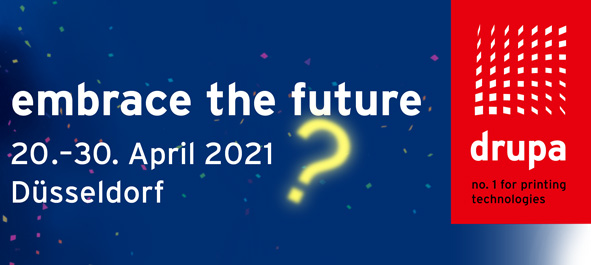Some inkjet events to watch out for
Printing is not all about inkjet, but this is the most dynamic type of technology, with the potential to drive new applications and markets. Therefore, some inkjet events to watch out for are lining up.
Inkjet Insight is having an Innovation Week. This is series of webinars to educate the industry on the latest inkjet technology coming to the market, across document, labels, packaging and industrial segments. Technology coverage includes presses, press components, software and finishing. Different experts will share their knowledge and are available for Q&A. The webinars will run from June 14th to 18th.
Also, at Inkjet Insight a monthly overview on the latest inkjet production press installations gives readers an overview on which company installed which device into which company. It will be interesting to see how markets and demand develop. We started this series in January 2021 and will have a monthly update. January was a strong month with 16 installs, followed by 11 in February. You would need to become a member, but this is definitely worth it. Naturally we will miss some installations, as there was no press release or other public mention. If you know of any installs, please let me know.
There will be some more inkjet events to watch out for this year. A lot will still be virtual, but I hope on-site events will resume. I certainly have marked my calendar for the Hunkeler Innovationdays 2022, starting on the 21st of February 2022. Hopefully there will be opportunities to see the latest launches even before that.
